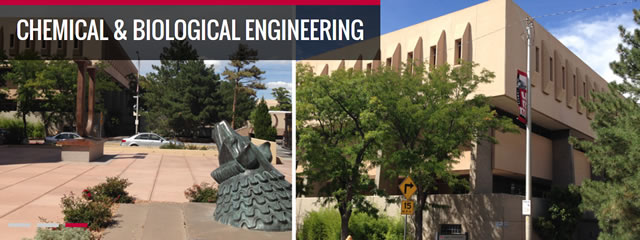
Chemical and Biological Engineering ETDs
Publication Date
7-20-1970
Abstract
The object of this was to find the factors controlling the rate of wetting of carbon filaments by organic liquids. To carry out this study, the factors affecting the wetting of surfaces, such as the surface tension of liquids, and the contact angle formed at the liquid-vapor-solid boundary of a three phase system were discussed. At the same time, the anomalies with respect to contact angle, such as that relating to advancing and receding contact angles to dynamic angles was considered. As complimentary information, the methods used to obtain carbon and graphite filaments from cellulose and molten pyrolysis products were studied. Also studied were characteristic properties of both types of filaments. The experimental study was carried out by using Union Carbide type VYB 70-1/2 carbon filaments and twenty different organic liquids. Experimental technique used was wicking and the increasing weight of the filaments with time was recorded. The experimental data obtained in this way are included in this thesis, as well as the plots made to reach the final conclusions. The final conclusion reached was that the rate of wicking of the carbon filaments in controlled by the same factors controlling the rate of wicking of textile fibers. The principle factors are: surface tension, viscosity and density of the wetting agents, and the contact angle. It was found that the same equations hold for both textile fiber and carbon filament systems.
Document Type
Thesis
Language
English
Degree Name
Chemical Engineering
Level of Degree
Masters
Department Name
Chemical and Biological Engineering
First Committee Member (Chair)
Thomas T. Castonguay
Second Committee Member
Richard K. Traeger
Third Committee Member
James H. Turner
Recommended Citation
Halstead, Linden Tewes. "Wetting of Carbon Filaments by Organic Liquids." (1970). https://digitalrepository.unm.edu/cbe_etds/90
